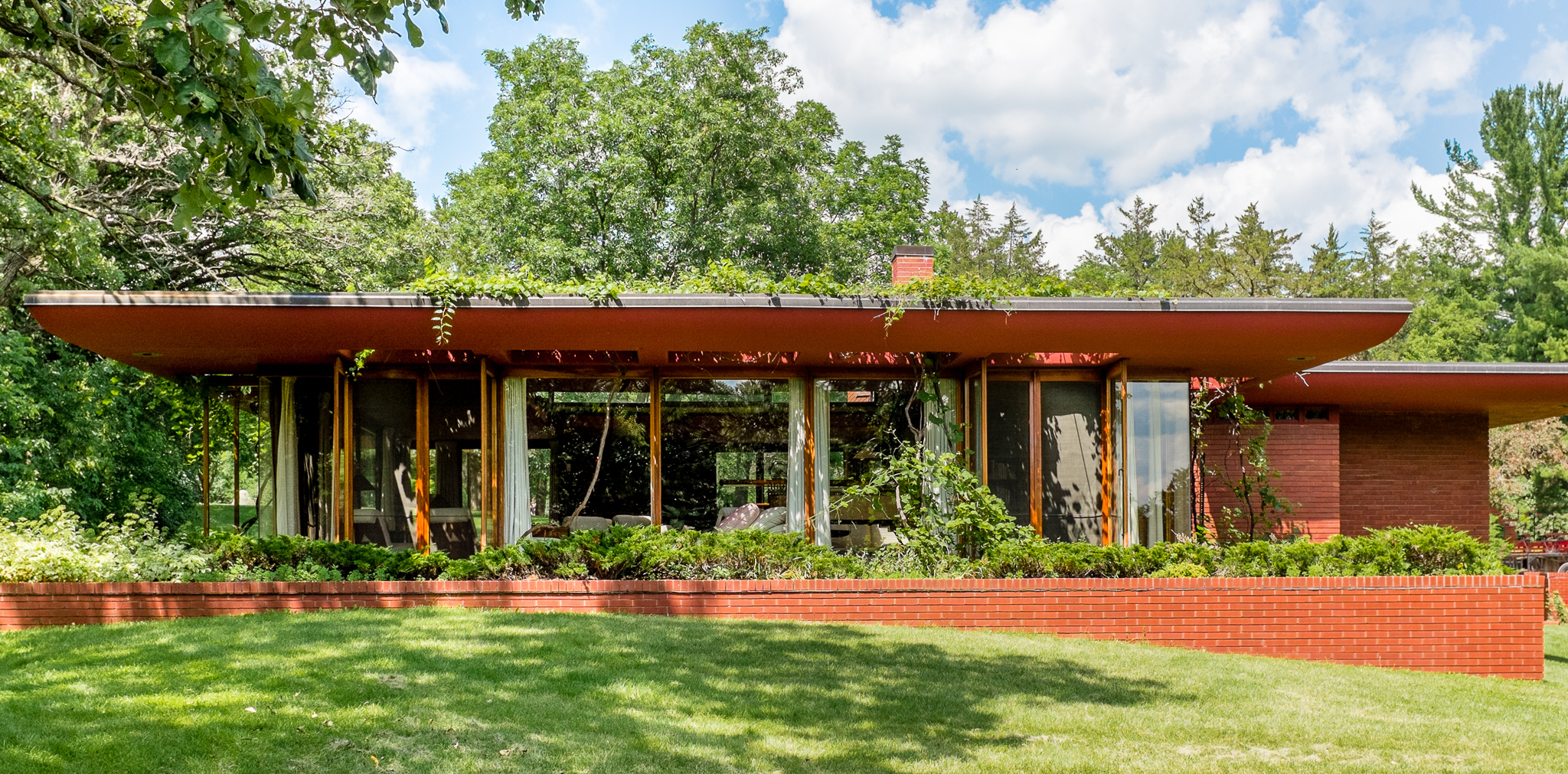Modernism wouldn’t be the discipline it is today without the greats that defined it. A name well-known throughout the world, Frank Lloyd Wright is heralded as the “greatest American architect of all time” by the American Institute of Architects. His contributions to architecture have touched all of us at Optima and countless others, leaving behind a monumental legacy.
The Life of Frank Lloyd Wright
Frank Lloyd Wright was born in Richard Center, Wisconsin on June 8, 1867 to a preacher father and teacher mother. His young life was spent travelling for his father’s ministry position, and his parents’ divorce when he was 18 set his family back even further financially. To help out, Wright worked at the same university at which he was studying: University of Wisconsin. Despite his commitment to his family, Wright’s dream of becoming an architect pulled him away from school when he left Madison two years later to move to Chicago.

In Chicago, Wright tried working for two different firms before landing at Adler and Sullivan, where he worked under Modernist master Louis Sullivan for six years. At 22, Wright married Catherine Lee Tobin and entered into a five-year-contract with Sullivan in exchange for the loan money Wright would need to build him and his wife their home in Oak Park, a Chicago suburb. Tempted by the need to provide for his family, Wright took on independent residential commissions even though it violated his contract with Sullivan. When Sullivan found out, the two parted ways and did not repair their relationship until twenty years later. It was this separation, however, that pushed Wright out on his own and allowed him to grow his prolific independent career.

The Work of Frank Lloyd Wright
After his separation from Sullivan, Wright started his own firm in 1893. Wright’s career spanned an impressive seven decades, a time period over which he developed his distinctive point of view and style. Wright saw architects as the poets of their time — an artistic historian of sorts. He believed in creating structures that lived in harmony with the natural world, a point of view which he called “organic architecture.”
Wright brought American design to the forefront and was the leader of the Prairie School movement, a distinctly American midwestern style. Hallmarks of Prairie School design include low-pitched roofs, overhanging eaves and open floor plans. These expansive residences mirrored the endless landscape of the Midwestern prairies, and employed materials such as wood to further integrate the manmade with its environment.

Later in his career, Wright also worked in the textile style out West, as well as pioneering a new dichotomy with his 60-house Usonian series. The Usonian homes were another way Wright carved out a language that was distinctly American, uninfluenced by any international predecessors. These homes were marked by their flat roofs and cantilevered overhanging — which became the source of the term “carport.” While out West, Wright also established Taliesin West and other structures near the greater Phoenix area, some of which are close to our Optima communities in Arizona. Just as we’re inspired by the desert scape, Wright was similarly enchanted with the surrounding foliage and existing architecture.

With his 70-year career, 500+ completed projects and numerous accolades, this is only the tip of the iceberg in the legacy left behind by Frank Lloyd Wright. It is all these contributions and more that will forever cement Wright as a master of American architecture.

